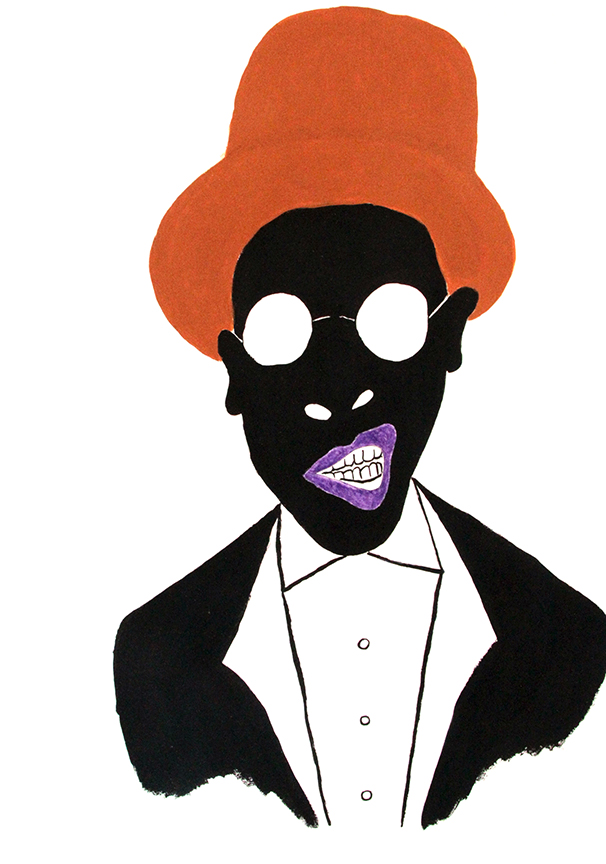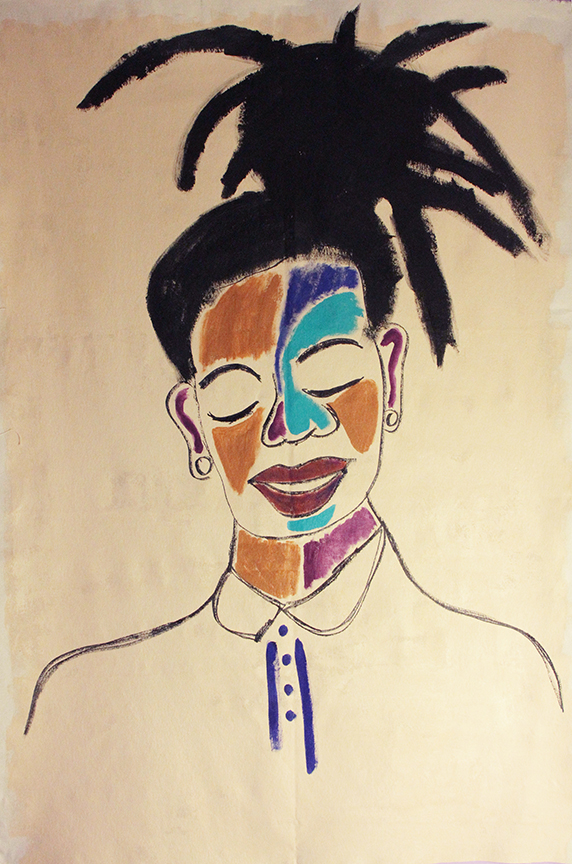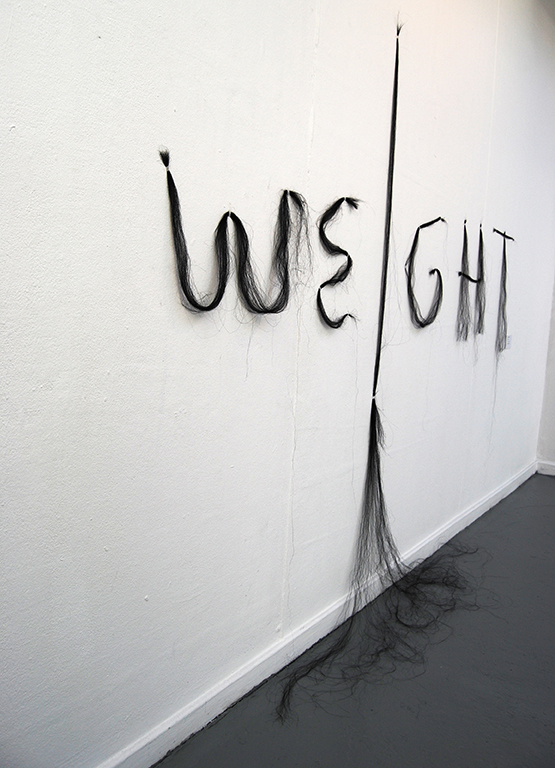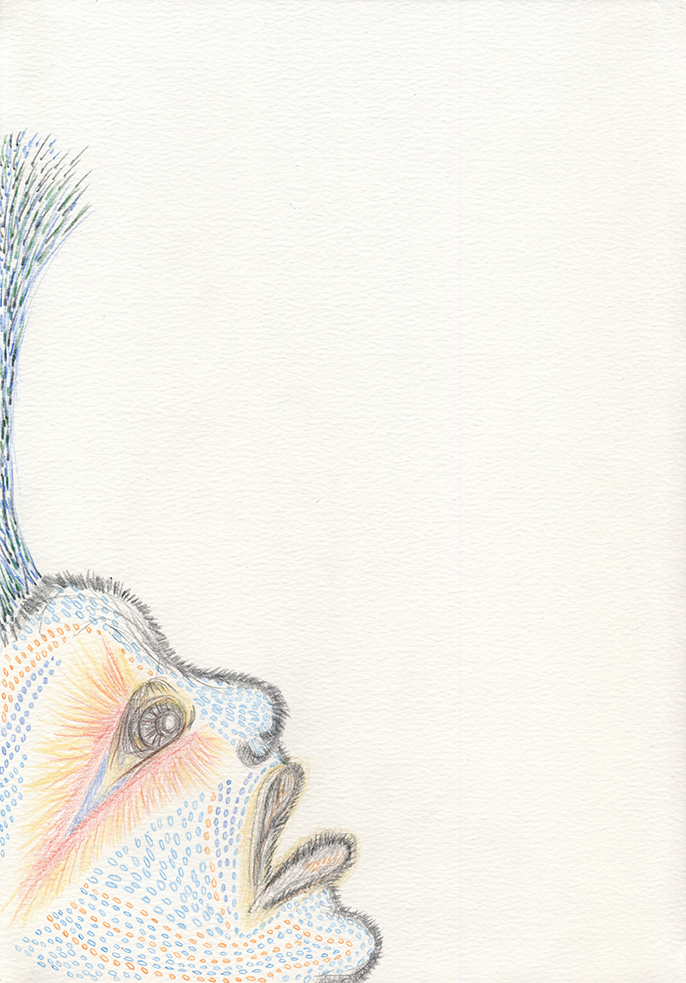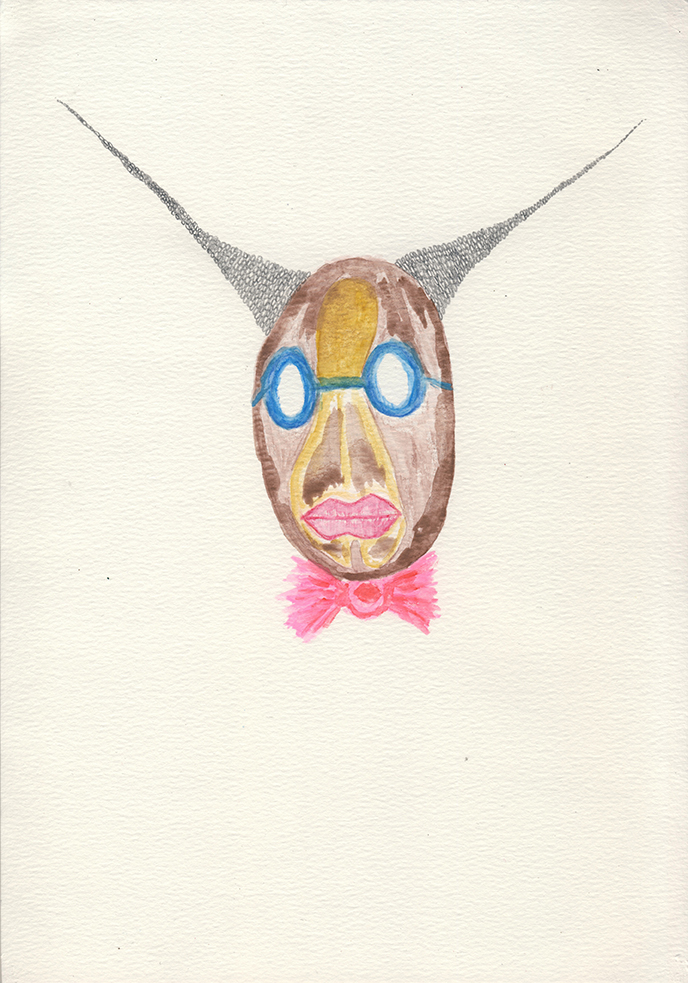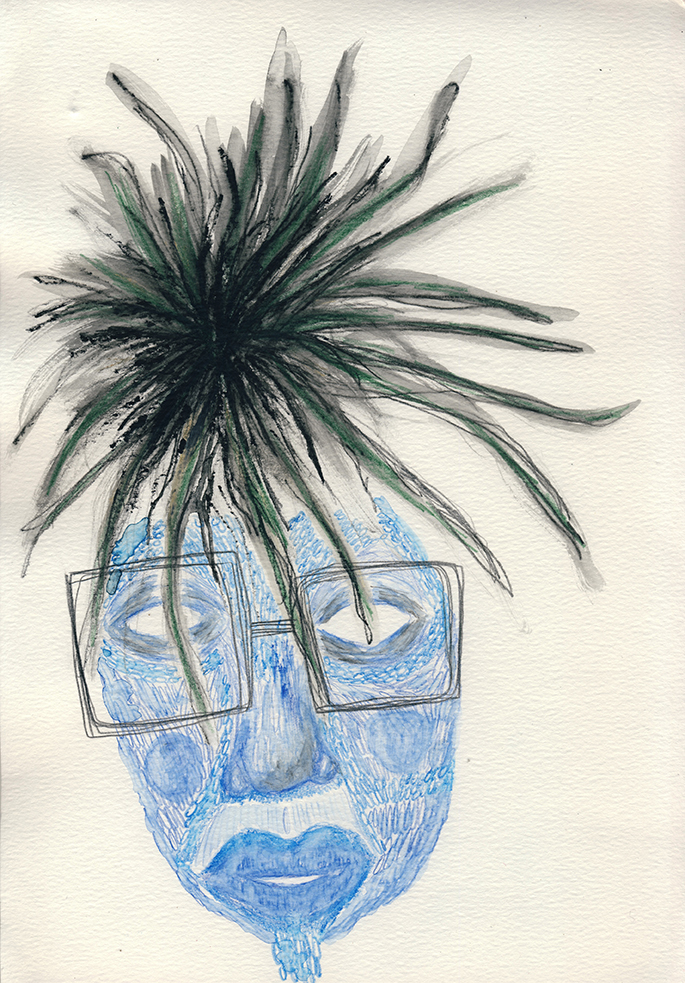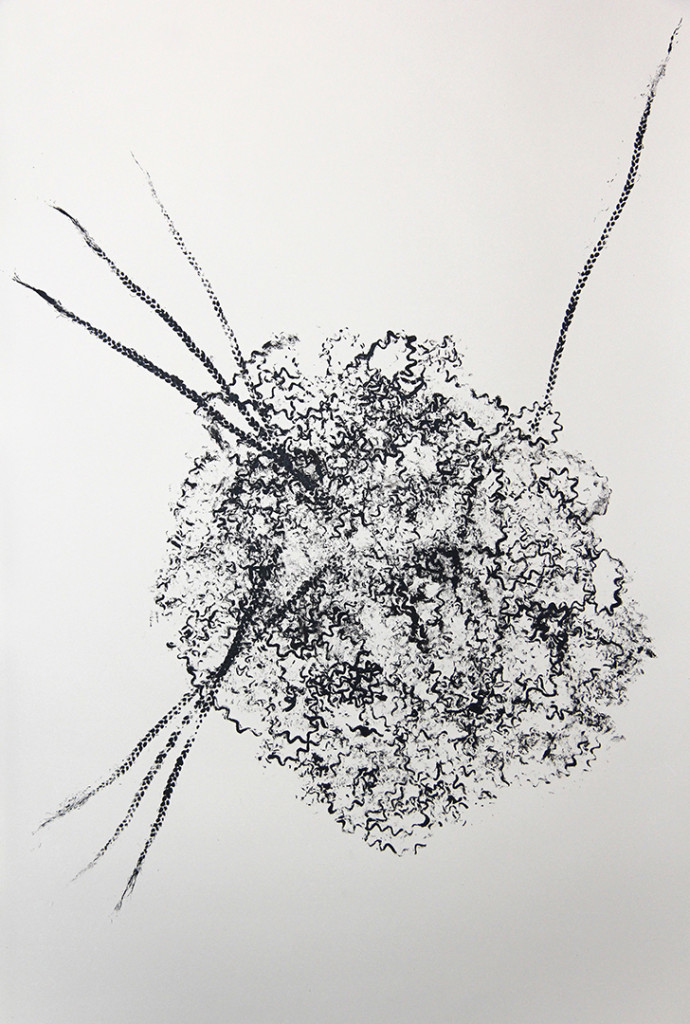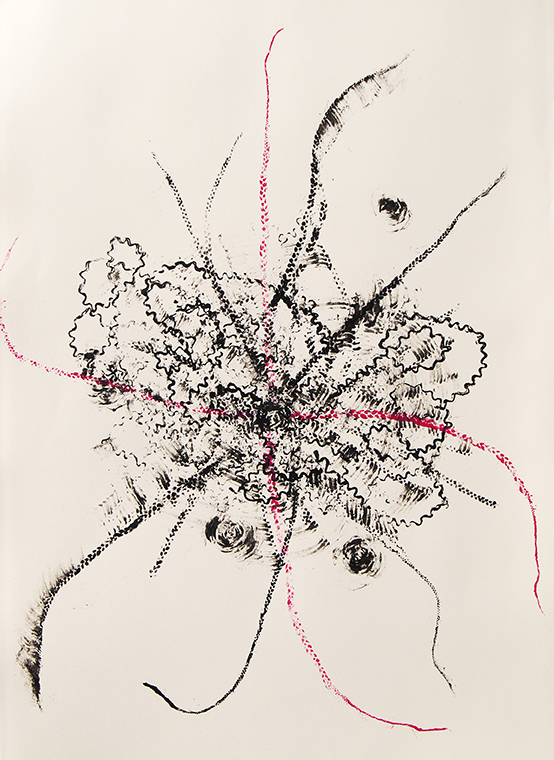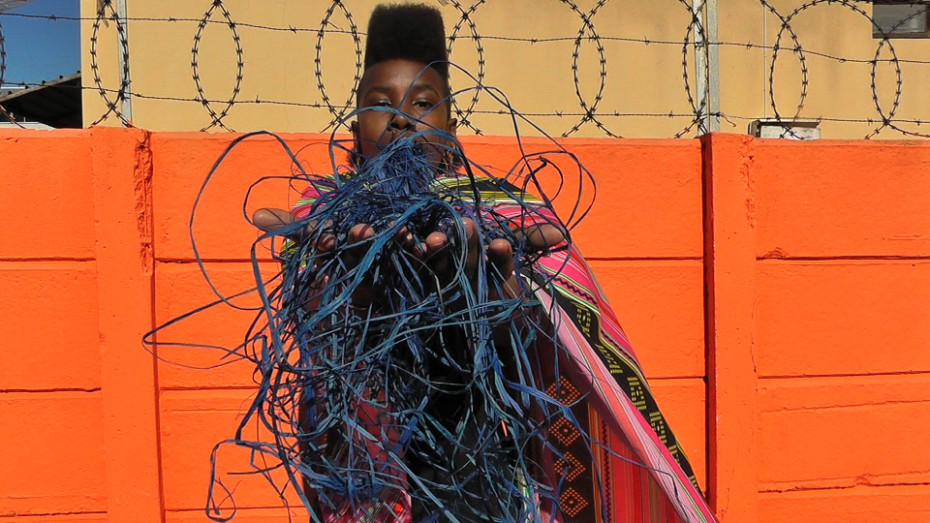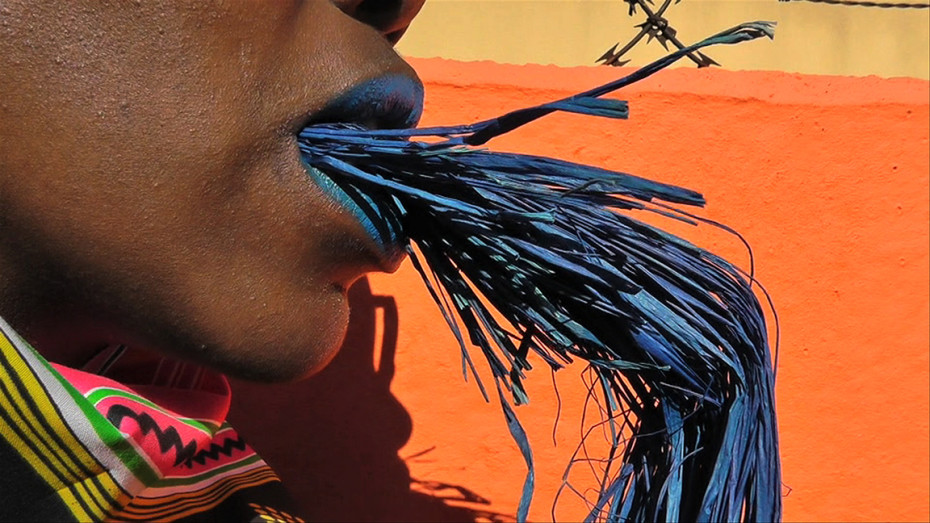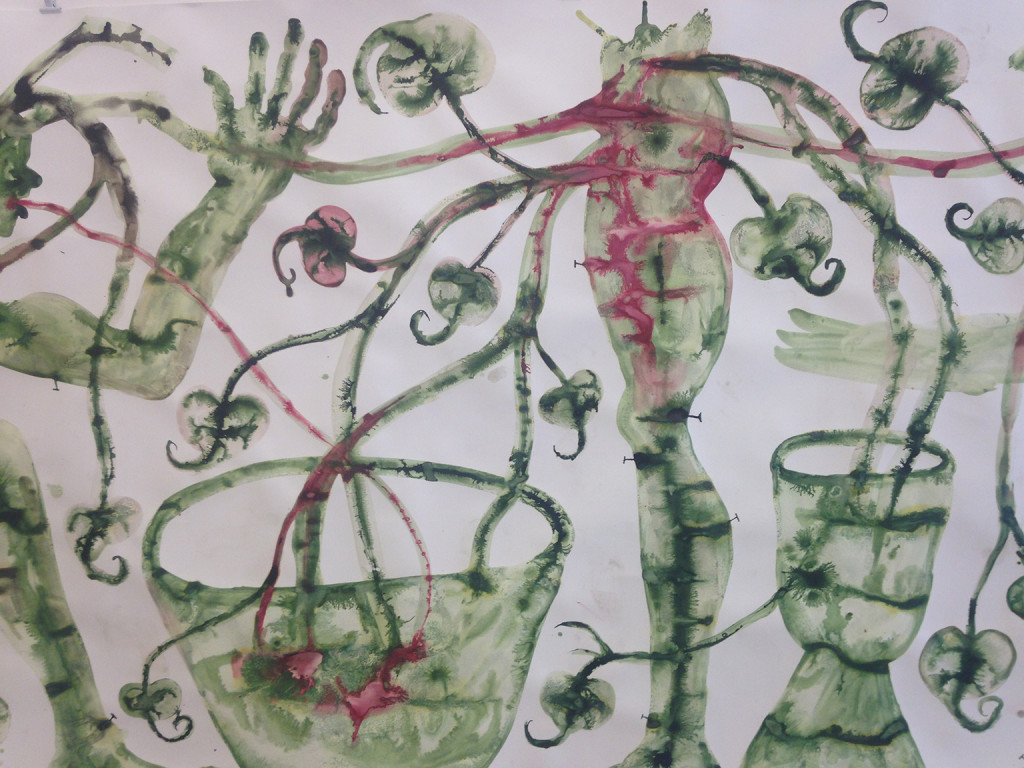Miatta Kawinzi
Grant awarded Fall 2013
I am very grateful to have received the Kossak Travel Grant as it enabled me to travel to Cape Town, South Africa for three months this past summer. I had been invited to participate in a visiting artist residency program at Greatmore Studios, and this grant covered airfare and visa costs and supplemented living, transportation and material costs.
I was initially drawn to Cape Town because I wanted to experience firsthand its vibrancy, diversity, and natural beauty. I was completely recharged by the experience. Before leaving, I felt the need to work and dialogue with more artists of color, and the studio building where I worked in Cape Town was a gathering spot of colorful personalities, artists, and cultural workers from South Africa, Zimbabwe, Namibia, and other countries. Between making our work, we would have informal
but invigorating conversations about the role of art in society, social structures, and the power of creativity, which refreshed the lens through which I approach my work and affirmed my view of art practice as being connected to social engagement. I was also anticipating seeing various exhibitions of contemporary African Art, and was especially intrigued by the work of Nicholas Hlobo, Barthelemy Toguo, and Mohau Modisakeng, and the way in which they reflect on the personal and the cultural while employing a unique and meditative approach. I was also intrigued by the street art and graffiti, and even the painted houses, in the Woodstock neighborhood of Greatmore Studios, and the way in which the surroundings provided a rich canvas and frame for this kind of work. How can the presence of art outside of traditional institutions promote its accessibility?
Living in New York can feel disconnected from natural rhythms at times, and I wanted also to think and create with less distractions and noise. I would walk to the studio nearly every morning, and as I walked up the first hill from the house I lived in with the three other visiting artists, one of Cape Town’s many mountains would come into view. There was something humbling about the largest part of the skyline being mountains in Cape Town, something that has been making me think
about scale and the organic differently. And the sunlight there was so soft and strong, heightening colors and shapes. In places away from main roads, the sounds of birds boomed loudly. I began to feel the pulse of nature more acutely. The internet was not as prevalent or speedy in the studio or in public space and we didn’t have it at home, so I became accustomed to running into people for conversations in person, walking and wandering more, and being less focused on screens and more present in my environment. Walking around Table Mountain or looking out over Camp’s Bay and seeing everything below as if in miniature. Waves looking small and rhythmic as they hit the distant shore. Multicolored homes as cubes of living. Trekking up to Cape Point and standing high above where the currents of the Atlantic and Indian Ocean meet. Leaping into the same Atlantic Ocean with so much history in the African Diaspora from the southern rather than northern hemisphere. Weaving through tall cream-colored beach grasses in Muizenberg at twilight and feeling at once on earth and in outer space. Observing the curl of the aloe plant as it reaches towards the sun. I have been thinking about elevation in a metaphorical sense for a while, and now am thinking about it also in relation to these experiences, and about how the physical and metaphysical inform each other.
I met so many warm and welcoming people and music held us; from the
jazzy bands that would play at the venue in walking distance from my house to the dynamic group The Brother Moves On from Johannesburg who I went to see multiple times for their energy. I also went to house shows, lingered at impromptu sidewalk drum circles downtown, danced to Brenda Fassie and Miriam Makeba at the neighborhood cafe, and learned about so many new musical artists. I am now thinking about how to visualize polyrhythms, about how to translate the intricate layering I responded to in so much music into the language of painting. I have long engaged language as a launching point and touchstone in my work, and in Cape Town I learned more about the KhoiKhoi ethnic group whose language is the first human language. I also listened to many conversations move between English and Xhosa and Zulu and Afrikaans, picking up phrases and words from these different languages. As I continue to engage poetics and the way in which poetry allows for multiple temporalities to coexist, I am thinking about how much can be conveyed in a linguistic sound, about how there are so many different ways of speaking and communicating through words and worlds, about how history has shaped these things.
I also began using hair as a paintbrush in Cape Town, using braids and strands to make impressions of paint as well as to move paint around on paper and canvas, and this was inspired by thinking about ways to engage languages of abstraction with culturally specific materials. I observed many elaborate braided hairstyles and encountered many hair salons and stray braids on the sidewalk on my many walks around the city and in this way incorporated them into my work, a practice I am continuing now. I am thinking about how things can move from the specific to the broad, about how to elevate the everyday or overlooked, about the materiality of culture.
My experiences in Cape Town were incredibly refreshing and thoughtprovoking. I am so appreciative that I had the opportunity to spend the summer there. I am still processing the many textures of my travels. Thank you for making this trip possible.
